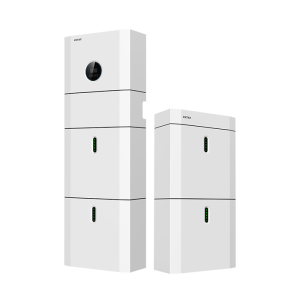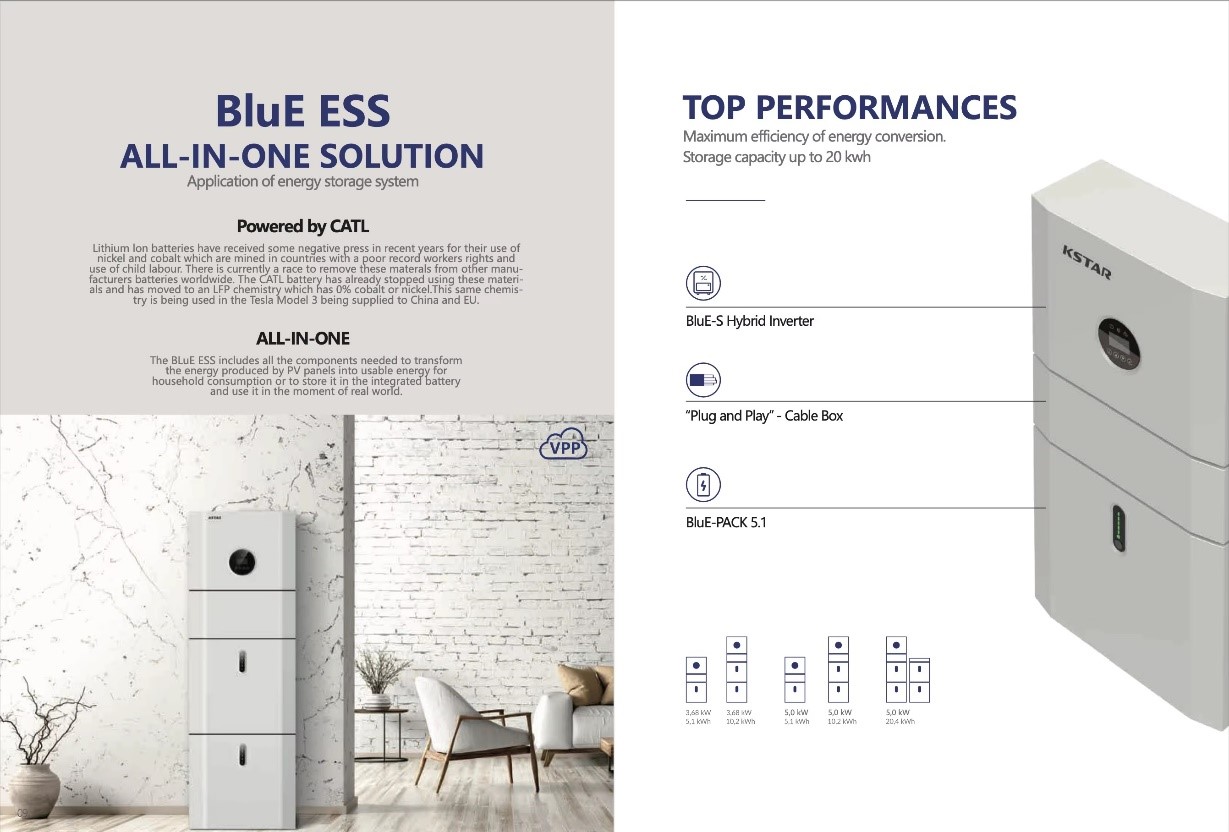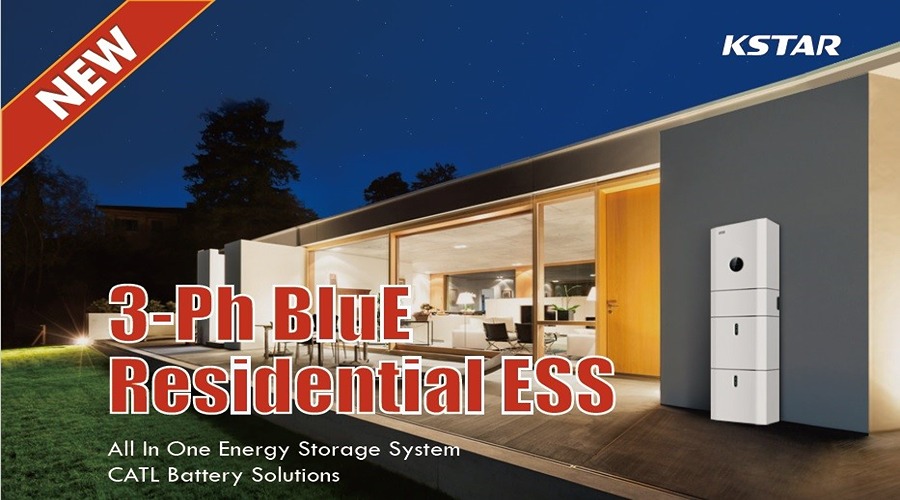Pakistan is one of those countries where the sun is shining all year which means that solar energy is a smart, as well as a cost-effective, choice to go for. In case you are sick of paying high electricity bills or trying to engage in a greener lifestyle, then the 10kW ESS (Energy Storage System) Solar System is the ideal alternative for you.
What is a Solar ESS System?
Solar ESS system is a new all-in-one solar solution that couples solar panels with energy devices like hybrid inverter, and lithium batteries to usually store power and so constantly guarantee uninterrupted service. It feels like you have your power plant at home, so you will always have power even during electricity shortages or in case the electrical power grid does not work.

Features and Components of a Solar Hybrid ESS System for Residential Use
Nowadays, solar energy technology has reached a level of sophistication that allows Solar Hybrid ESS systems to be installed in individual households and commonly used in conjunction with battery storage, and other nearby facilities such as wind turbines. The Solar Hybrid ESS system for residential use is designed to be efficient and user-friendly. Key components include:
- Solar Panels: Sunlight is the main fuel providing electricity to the solar panels through the photovoltaic cells. It’s a technology that uses sunlight to generate electricity for homes by converting sunlight into electricity.
- Solar Hybrid Inverter: The system deals with the conversion of solar power and battery storage through the solar inverter. With the inverter, the energy generated by the modules is acquired as alternating current, then it is transformed into direct current in the battery and stored there.
- Lithium Battery: Lithium batteries with their energy storage systems are now the dominant power storage technology in the solar industry. They are superbly suited for solar applications as these batteries have one of the longest lifecycles and capacity.
With such a power supply in place that you strive for a complete day and night experience by your family, this would mean, to a large extent, that you have been cut off from the central grid and your energy consumption will be the lowest achievable point.
Function of EES With the Help of Solar Panels, Batteries, and Inverters.
An Energy Storage System which is also called ESS for Solar is an installation that is fully integrated with solar panels, batteries wiring, and power electronics, and it can function even when the grid fails. At times when the sun shines, solar arrays create direct current which runs residential applications and charges the battery pack.
During the dark hours or poor weather, the power that is stored in the battery becomes the source of power, thus it can work without any interruption. The inverter that is the manager of the solar panel-battery connection has to work in a hybrid way with the help of the grid-forming mode, the hybrid inverters, and the battery.
How Solar Hybrid ESS Differs from Solar Hybrid Inverters
While two of these systems attempt to derive the absolute best from solar energy, (Solar Hybrid) ESS is a hybrid system that contains a battery storage system inside, which gives more freedom and even more as far as its reliability is concerned. Hybrid inverter and battery cells and battery management systems are synced to match, control, and monitor energy supply and demand with inverter and battery.

However, a hybrid branded inverter, in some cases, can be a mismatch to a different battery cell or miscommunicate with certain battery management systems of certain brands of batteries. Sometimes, in Pakistan, most of the famous brands of inverters cannot work efficiently with all other battery brands and can damage the devices. Certain cases were reported when clients complained about expensive inverters or popular lithium battery brands.
Only a few brands like Fox and KSTAR provide solutions for ESS systems for residential users and KSTAR has a joint venture with the world’s top leader in the lithium battery and cell manufacturing industry to provide All-in-e ESS systems.
Lithium Iron Phosphate Battery in ESS
The Lithium Iron Phosphate (LiFePO4) Battery brings strength to your ESS. Because of the security, long life, and efficiency of the battery, it is the reason for storage being reliable and rigorous. It is different from regular lithium-ion batteries and has the advantage of better thermal stability and a longer lifespan.
Battery Management System (BMS) of Lithium Iron Phosphate Battery in ESS
The BMS gives the guarantee that your LiFePO4 battery is safe and efficient. It has battery health monitoring, control over charging and discharging, and then protects against overcharging and overheating.
Which Battery Cells are Best: CATL or BYD?
CATL and BYD are the top leaders in battery cells for the ESS. They both offer very qualitative and durable cells, but CATL is usually favored for its better energy density of course but also impressive performance.
How Many Batteries for a 10kW System?
A necessary amount of backup that guarantees proper functioning in times of power failure is always retrieved through at least two and at most three lithium batteries needed to discharge the power of the system. You are required to have enough backup power to support your home’s energy requirements.
Function of ESS System: How it Runs or Generates Electricity from PV Panels and Grid
The ESS system converts sunlight into electricity through the PV panels during the day. You can make use of this energy to power your home by charging the batteries.
If your production is greater than your requirement, the additional power is saved in the battery storage. If the solar panel is not producing, backup power is supplied by the battery banks or the grid, running the system without interruption.
10kW Solar System Components: Panels, Battery Capacity, and Inverter Specs
A typical 10kW solar system consists of:
- Solar Panels: 20-25 panels, depending on wattage (550-600W each).
- Battery Capacity: 20-30 kWh.
- Inverter: 10kW capacity.
How Many Appliances Can A 10kW System Run?
A 10kW solar system can support an energy-hungry large home by running different high-consumption appliances such as air conditioners, refrigerators, washing machines, and more. It can comfortably support households with 5+ people.
The cost of ESS in Pakistan
The cost of a 10kW ESS system in Pakistan can be different, but it generally starts at PKR 1,000,000 and goes up to PKR 1,500,000, conditioned by the components and brands.
Warranty of ESS in Pakistan
The majority of the ESS systems are covered with a 10-15-year warranty that includes the inverter and battery. The need for a reliable brand that gives a full warranty is a must.
Best Brands for Solar Hybrid ESS in Pakistan
Here, some of the best brands for ESS in Pakistan are listed:
- Tesla Powerwall
- Huawei
- KSTAR
- SMA Solar Technology
Advantages and Disadvantages of ESS
Advantages:
- Self-Energy: Less reliance on the grid.
- Efficiency: Energy efficient and enhanced storage capacity
- Protection: With the best BMS the device is less hazardous
- Money Saving: Lower electricity bills.
- Eco-Friendliness: Reduces carbon footprint.
Disadvantages:
- Startup Cost: Greater required capital at the beginning stage.
- Service: The battery and the panel will need to be serviced regularly.
Conclusion
One such highly feasible choice for people who are out to decrease their electric bills, are guaranteed a steady power supply and are agents of green initiatives is to invest in a 10kW ESS Solar System in Pakistan.
Provided that all the necessary components are present and that proper installation is done, you can utilize electricity savings to the maximum extent and thus you would be able to benefit from the solar cell for many years to come.
